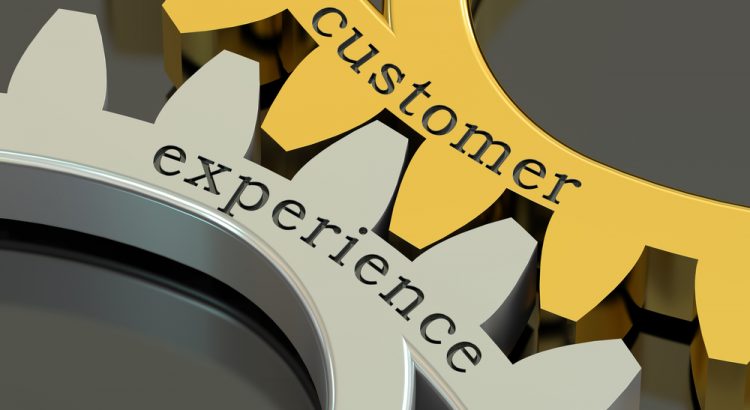Customer experience is hard to measure with a KPI or a specific number, but it has an outsize impact on whether your customers are happy and loyal to your brand.
That’s why it’s so important to be mindful of trends in the space so you can quickly adapt your strategy to the latest industry insights and create a beloved customer experience.
While the concept of customer experience is timeless, the research being conducted on it is still fairly new. Every year, new studies reveal insights into important trends that are influencing businesses across the world. To some, these statistics may feel like conversational fun facts, but in actuality, they can help your customer service team capitalize on timely opportunities to improve customer experience.
If your team is looking to stay up-to-date on the latest trends occurring in customer service, consolidating your information is a great way to start. Below, we compiled a list of customer experience statistics.
1. 76% of customers expect companies to understand their needs.
Understanding the customer’s needs is a common challenge for many businesses and studies show that this will become a make-or-break benchmark for most companies. Salesforce conducted a survey of over 6,000 consumers and found that 76% of them expected companies to understand their needs and expectations. This doesn’t leave very much wiggle room for your marketing and customer service strategy to fail. If you want to deliver a sound customer experience, then it’s imperative that you create a customer-centric company that is focused on fulfilling customer needs.
2. Less than 50% of executives prioritize employee feedback.
A report conducted by Temkin Group revealed that while 73% of large companies survey employees, only 45% of executives seriously consider their employee’s feedback. Executives strategize for the business and make key operational decisions that guide the company. However, their day-to-day experience doesn’t often confront them with many customer interactions.
Frontline employees like customer service reps engage with the customer on a daily basis, making them valuable resources when researching the customer’s journey. They’re constantly engaging with new customers and gather customer reviews in everyday workflow. Executives and upper management should be craving their feedback when looking for new ways to improve the customer experience.
3. More than 80% of companies who prioritize customer experience are reporting an increase in revenue.
When customers discover a delightful customer experience, it’s likely that they’ll want to return to it again. Dimension Data even found that 84% of companies who focus on improving customer experience are reporting an increase in annual revenue. This is because these companies are gaining more customer loyalty which is highly valuable to the brand. Loyal customers make repeat purchases and offer recommendations to other potential leads who then become ambassadors as well. If you’re looking for new ways to increase your company’s profit margins, invest in bettering your customer experience.
4. More than half of all customer service reps do not plan on staying in their role.
Building an awesome customer service team is a challenge all its own, but keeping it together is another story altogether. Customer service is a unique career path and it’s quite common for people to transition in and out of service roles quickly. In fact, HubSpot Research found that 58% of customer service reps plan on leaving their current role in customer service. With the increased focus on building a positive customer experience, it’s imperative that you maintain the high-quality personnel on your customer service and customer support teams. These employees have a difficult job and won’t be afraid to look elsewhere if they feel they aren’t valued.
CUSTOMER EXPERIENCE CUSTOMER SUPPORT CXREFRESH CX CUSTOMER LOYALTY CUSTOMER REVIEWS CUSTOMER EXPERIENCE STATISTICS






